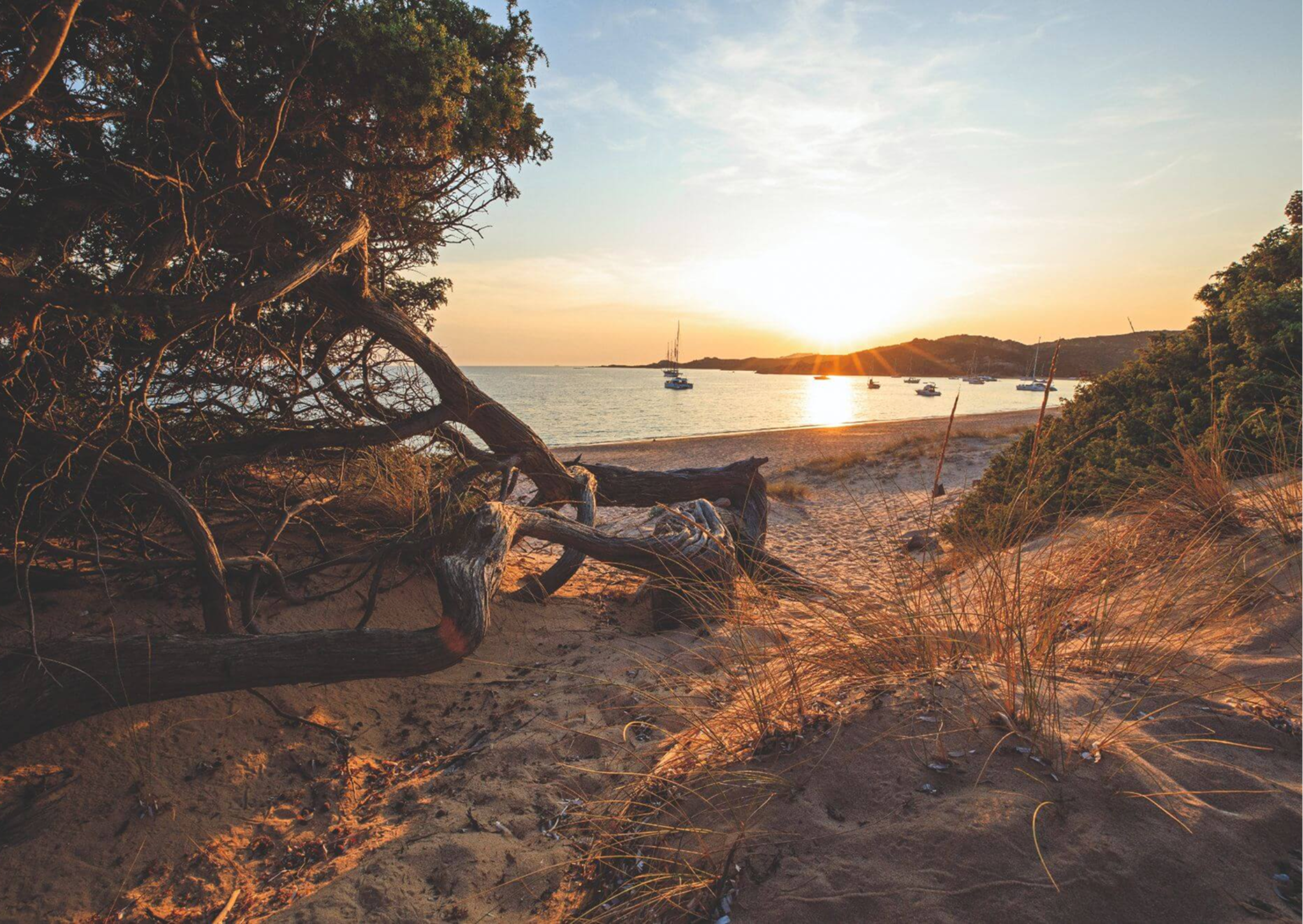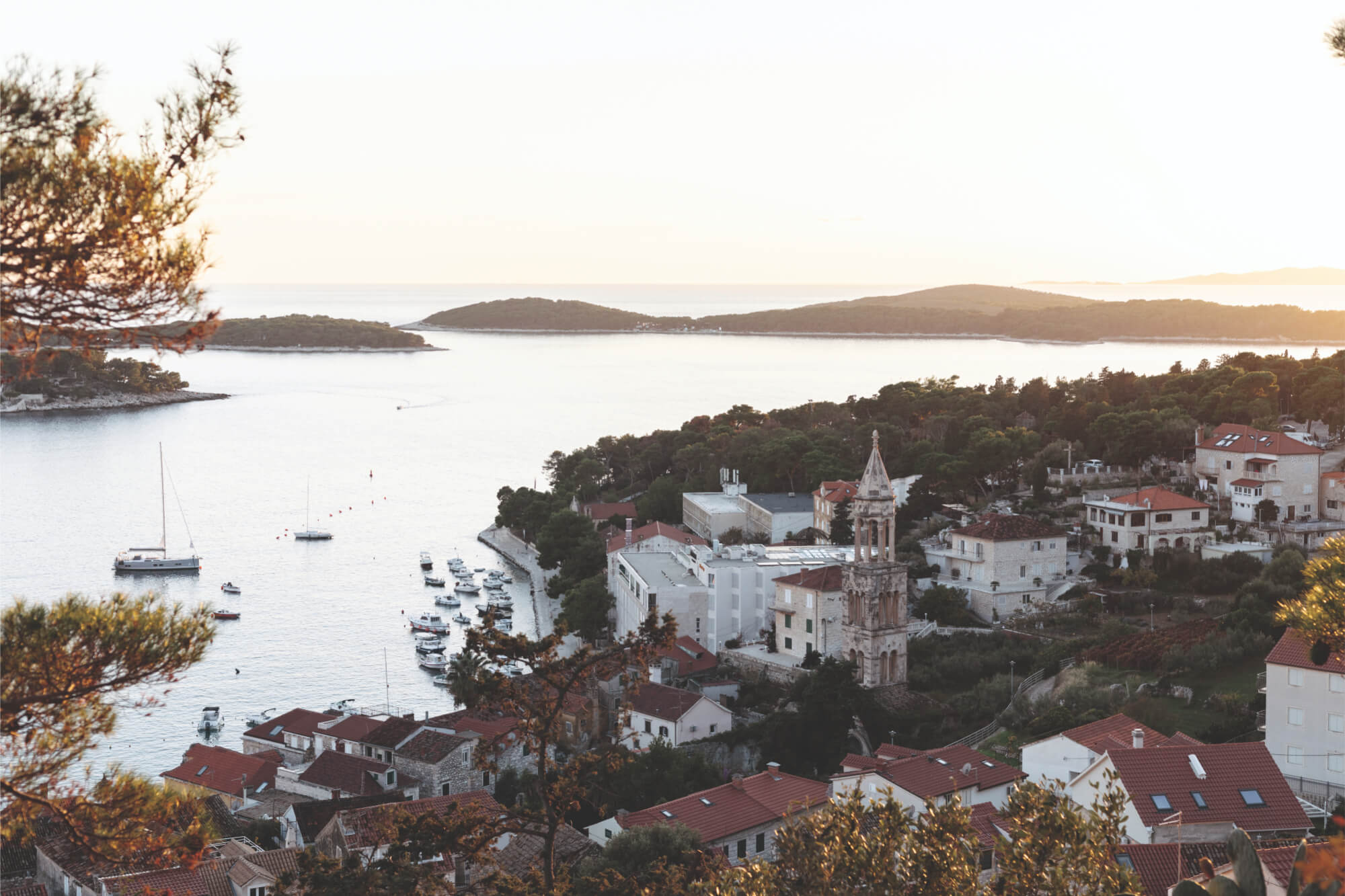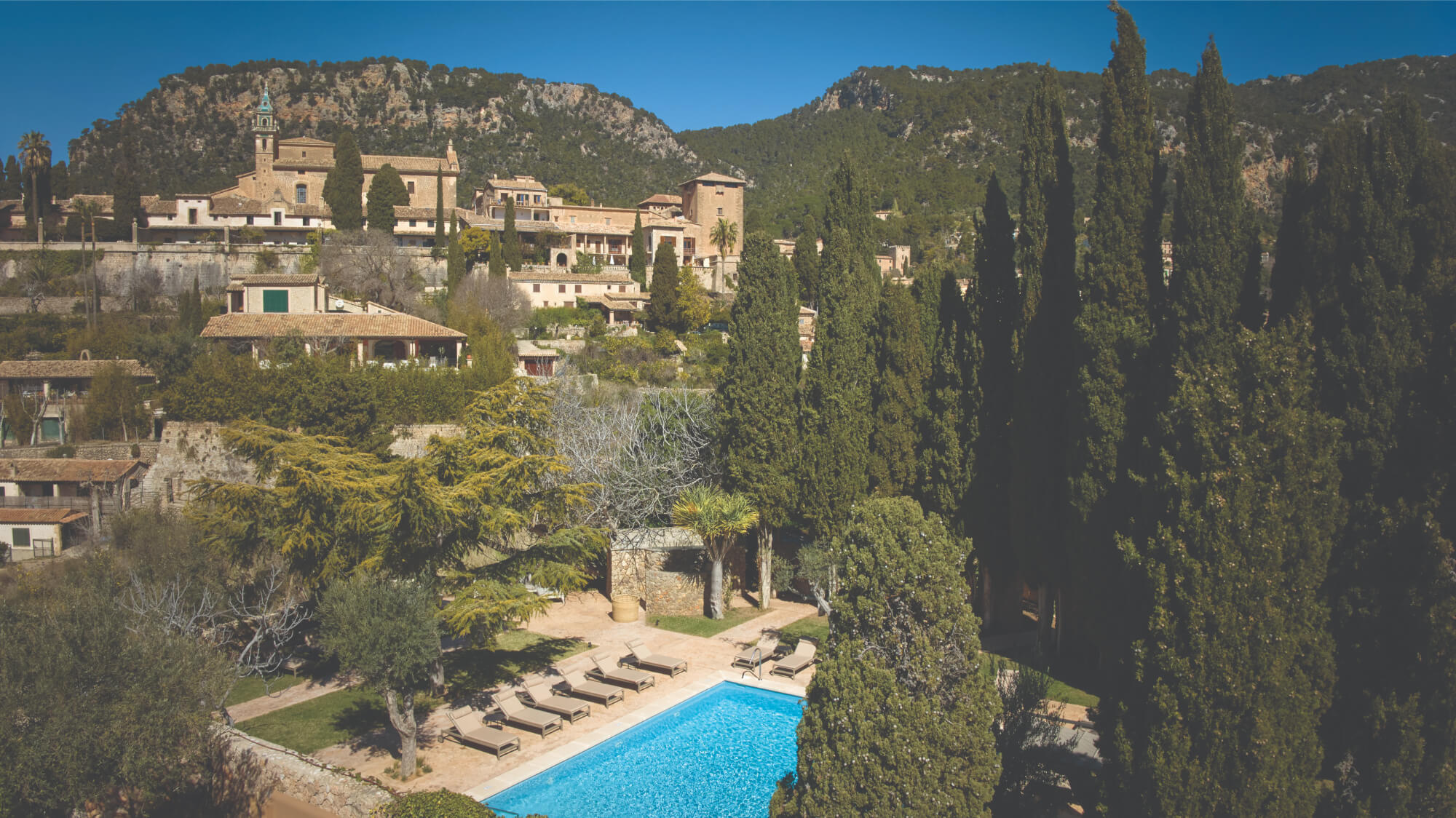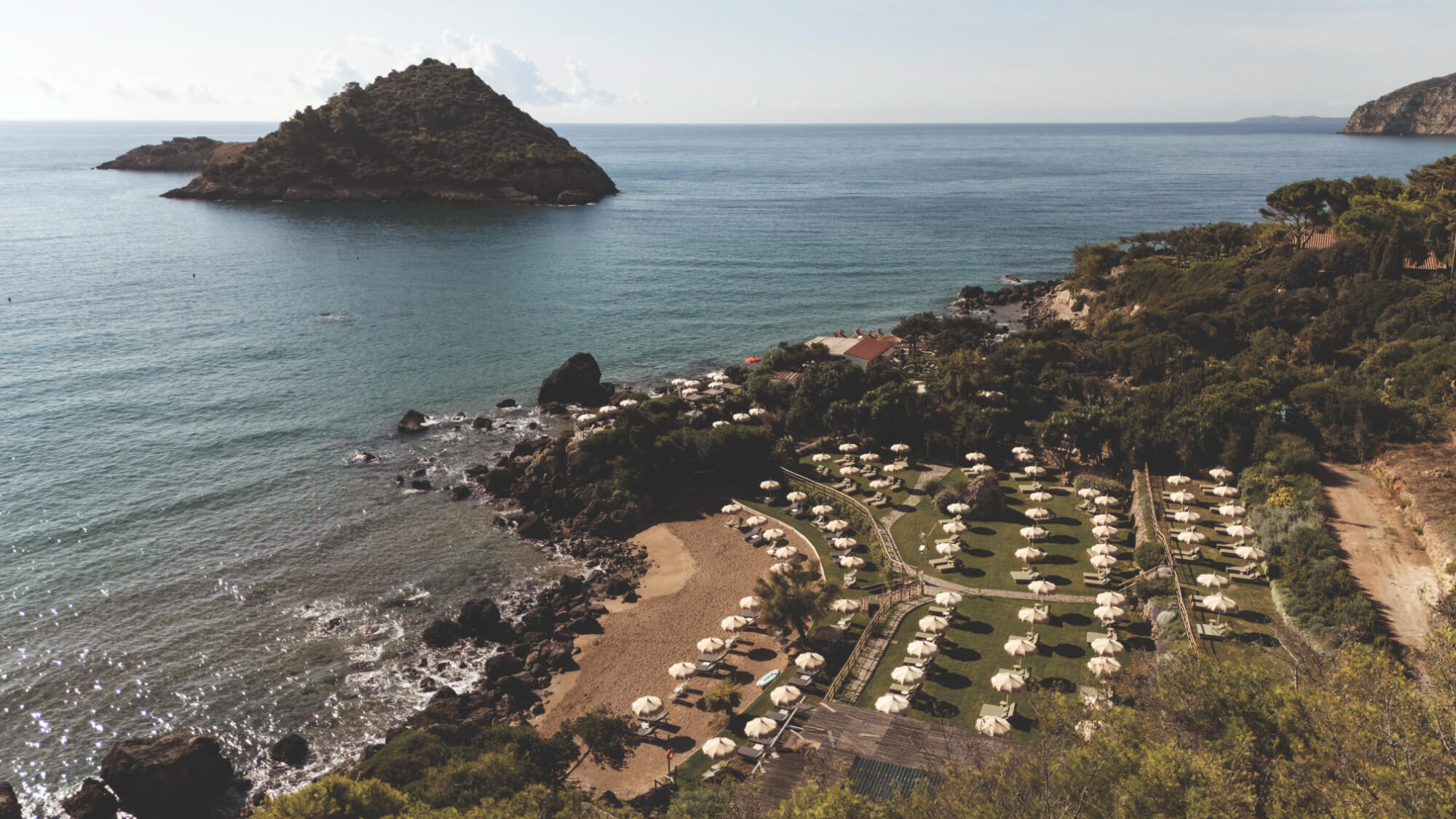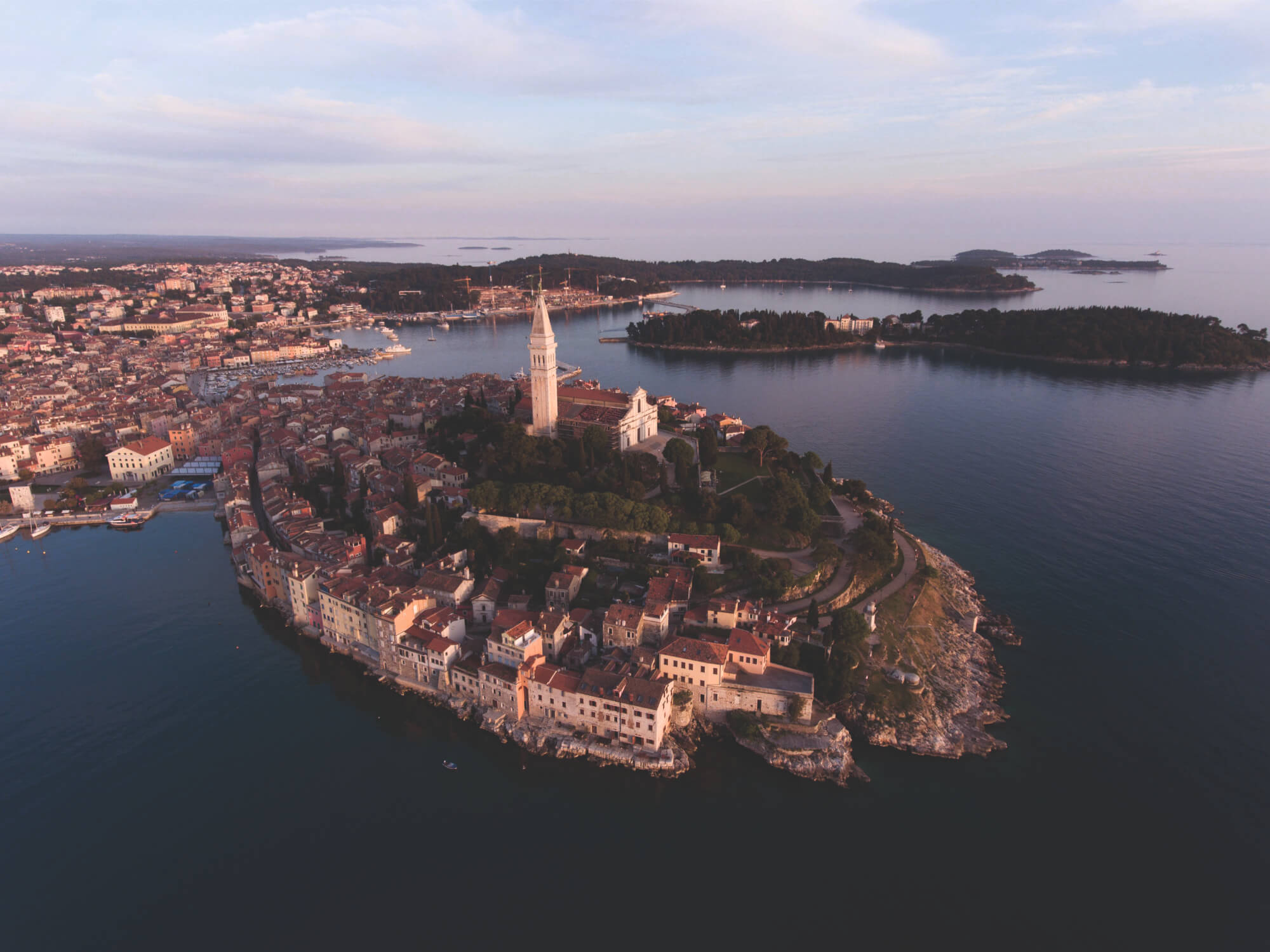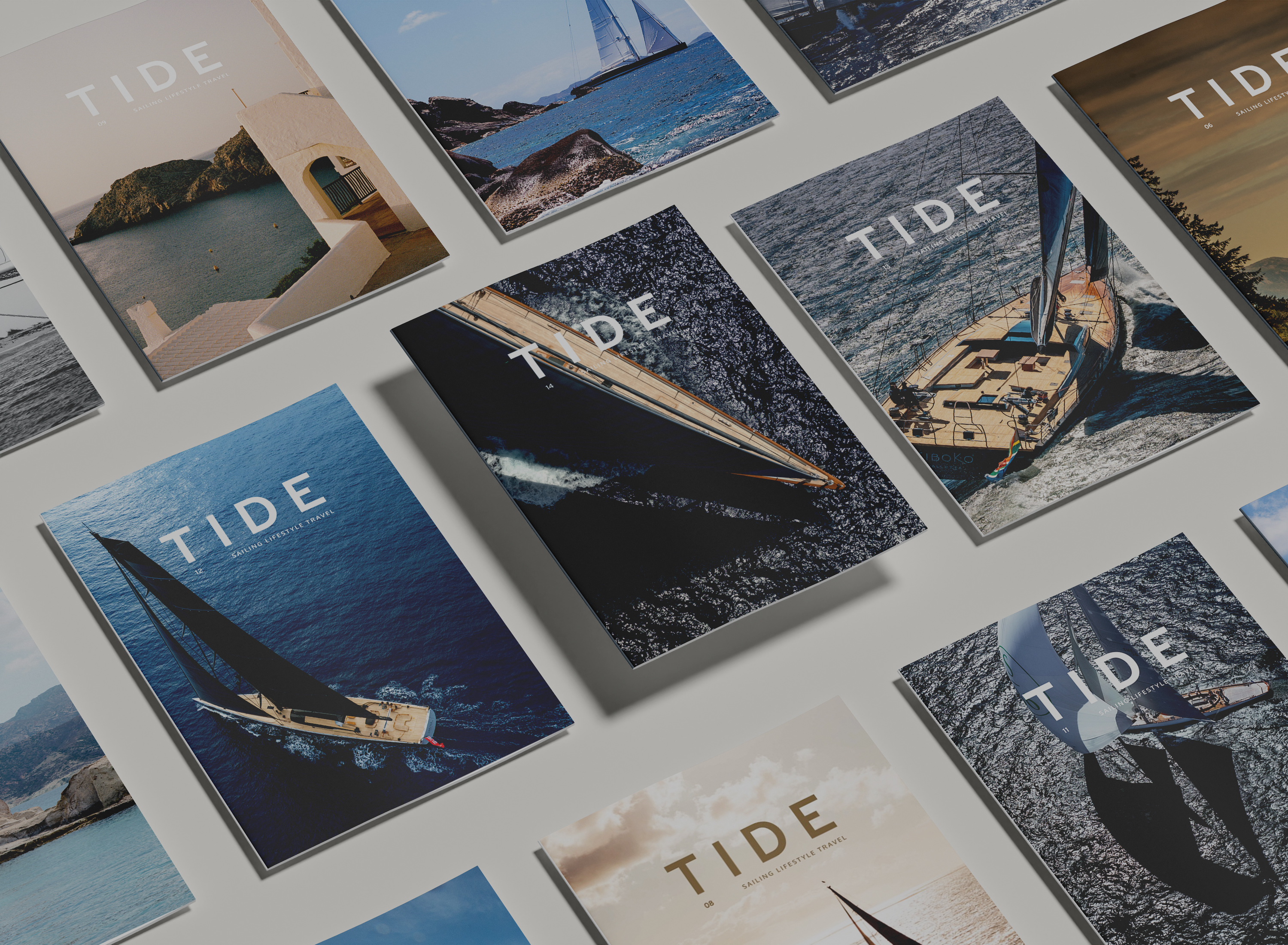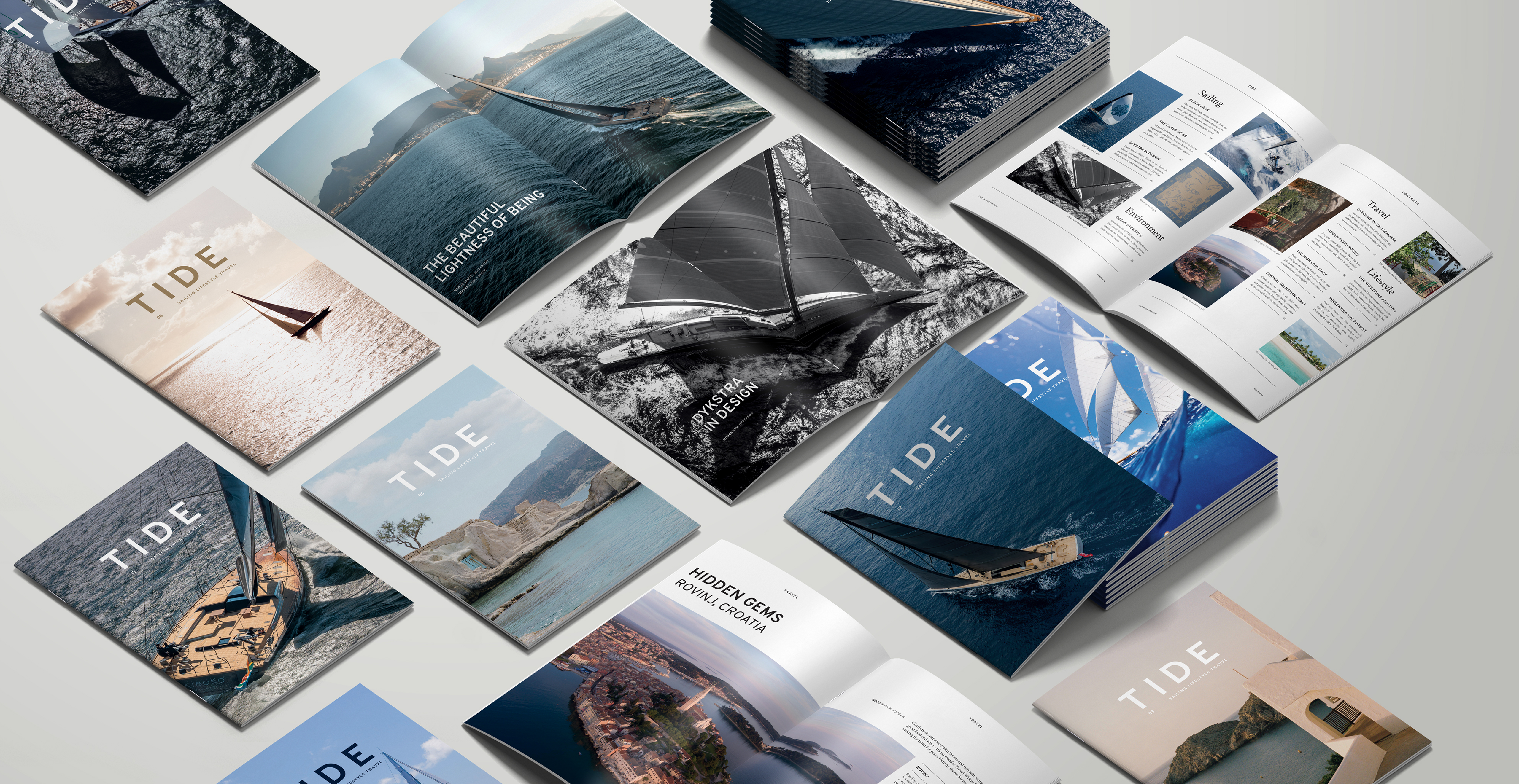For all their differences, Sardinia and Corsica have some things in common: they’re both defiantly independent, with fascinating histories, beautiful coastlines, dramatic scenery and proud locals. While Corsica is largely French-speaking, Sardinia has been a region of Italy since it unified in 1861.
Both isles are also blessed with mile upon mile of hidden white-sand beaches, picture-perfect villages, shady forests, breathtaking hilltop vistas and great food. Read on to discover the appeal of the two very contrasting places, and the narrow strait of windswept ocean between them.
Portisco, Sardinia
The obvious destination for any yachting adventure to Sardinia is the Costa Smeralda. In the 60 years since Prince Karim Aga Khan put this so-called Emerald Coast on the map, the region has become one of the Mediterranean’s most luxurious yachting havens. From its glitzy Yacht Club Costa Smeralda Porto Cervo, numerous high-stake regattas take place each year, culminating in the Giorgio Armani Superyacht Regatta every September. Indeed, the 6,000-square-metre Club itself is a more than worthy members’-only destination, with a lounge, wellness centre and spa, sports centre, inside-outside dining and panoramic pool terrace, as well as 24 rooms and a presidential suite. The neighbouring Piazza Azzurra, meanwhile, is the spot to be on race days.
To ‘do’ the Costa Smeralda while enjoying some peace and privacy, however, in-the-know travellers also head to the more secluded village of Portisco. Still at the heart of the Costa Smeralda, Portisco is known as much for its enchanting beauty as for its strategic position between Porto Rotondo and Porto Cervo. It’s also a good hopping-off point for La Maddalena islands and the Gulf of Cugnana, probably the best-known sailing area along the
Sardinian coast.
Despite its small population, the village never fails to delight first-time visitors, with its sweeping vistas across the Mediterranean Sea and quaint yacht-filled harbour. Down at the water’s edge, the white-sand beach is lined with tall, fragrant pine trees, red rocks and clear turquoise waters. There are plenty of other beaches nearby that are worth a visit too, such as Rena Bianca, Razza Di Junco and Petra Ruja, which are the best for snorkelling.
Bidderosa, Sardinia
Nestled within a large nature reserve, Bidderosa is one of Sardinia’s finest beaches. Tranquil and unspoilt, this secluded spot can be accessed by anchoring off Bidderosa itself or by docking your yacht at Marina di Orosei and motoring round on a tender. Alternatively, a taxi ride followed by a leisurely walk through
the fragrant Mediterranean shrub is another path to this coastal haven.
En route to the beach, a trail winds through a pine forest, complemented by the graceful presence of eucalyptus and juniper trees. Encompassing a sprawling 860-hectare sanctuary, the reserve spans five coves, each a testament to nature’s artistry; the northernmost cove skirting the pristine shores of Berchida beach.
Upon reaching it, a breathtaking tableau unfolds – waters of turquoise serenity, sands that gleam like silver and dramatic red rocks harmoniously converge. Amidst this picturesque panorama, the intoxicating aroma of wild lilies hangs in the air. If you want to stay out of the surf, head to Curcurica Pond, where you may also spot the odd flamingo. Because of its natural beauty, Bidderosa beach is only open to a very limited number of visitors.
Alghero, Sardinia
Sardinia’s unique culture is strong and ancient, permeating everything from the regional dialect to the cuisine: try porcheddu, spit-roasted suckling pig served on myrtle leaves; thin and crispy pane carasau bread; bottarga, and pasta varieties such as gnocchi-like malloreddus; ravioli-like culurgiones; and couscous-like fregola.
One place these deep-rooted traditions are really felt is the fortified seaside town of Alghero on the northwest coast of the island, a lovely and lesser-visited stop on Sardinian yachting itineraries. Arrive in time for a late-afternoon stroll through the cobbled streets in the walled mediaeval centre, and watch as the twinkling lights are slowly illuminated. The architecture has a strong Spanish influence from its days as a Catalan colony, and the place is especially famous for its seafood. Nearby, visit Grotta di Nettuno, an epic cave complex filled with stalactites, stalagmites and rock formations, set in towering cliffs by the sea.
The Lavezzi Islands
Between Corsica and Sardinia lies the windswept Lavezzi archipelago. This cluster of granite islands and reefs first drew attention for its stone: in the second century AD, the Romans extracted granite for both sculpture and construction. You can still see the remains of their quarries, and locals boast that there are statues in Rome carved from the granite from Cavello, one of the islands. The water is crystal clear, and ideal for snorkelling, swimming and watersports.
The landscape is magical, with varied rock formations, small coves of fine sand and vast beaches. The archipelago was classed as a nature reserve in 1982 and, since then, it’s become a paradise for hikers and scuba divers. The islands are famed for their rare flora and fauna, and the lack of visitors ensures the smaller islets remain particularly special.
Sartène, Corsica
Sartène is one of the most authentically Corsican cities you’re likely to come across on any yachting trip. The historic town is perched on a hilltop, its terracotta rooftops and meandering cobblestone streets painting a glorious scene against the Corsican countryside backdrop. En route to Sartène from the coastline, the Lion de Roccapina is the best viewpoint in the area, for a vision stretching for miles in awe-inspiring beauty.
Not far from here, you’ll find the magnificent Domaine de Murtoli, an independent restaurant, eco-farm and hotel that is paving the way for a new generation of luxury travel in the region. Open almost year-round, Murtoli’s trio of restaurants each offer an intimate taste of the Corsican wilderness.
The 2,500-hectare estate brings together ocean, river, beaches, plains, forests and mountains. Amidst all this, guests can enjoy activities such as fishing, horse-riding, hiking and golf on a 12-hole golf course designed by Kyle Phillips.


